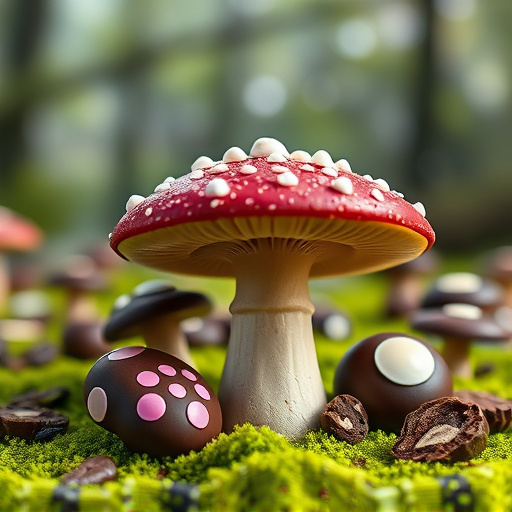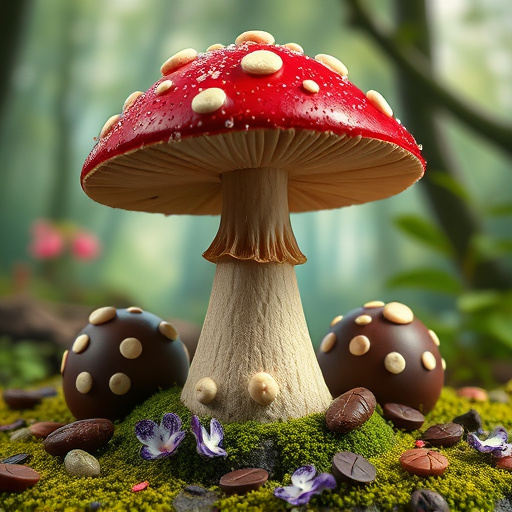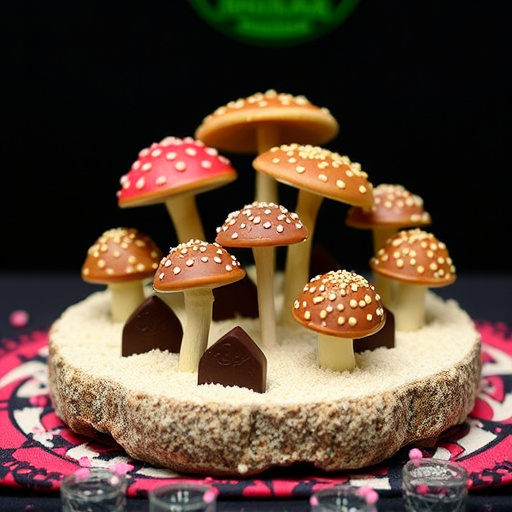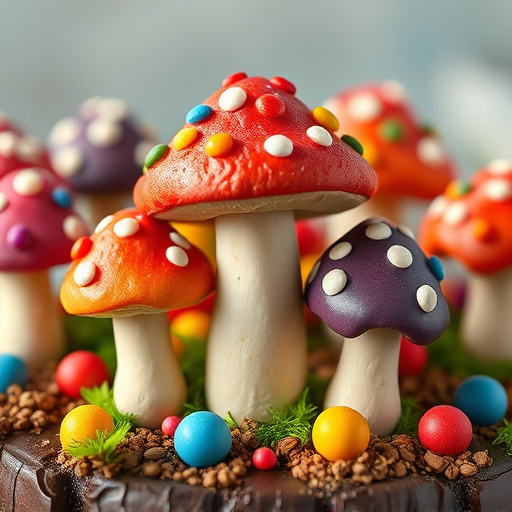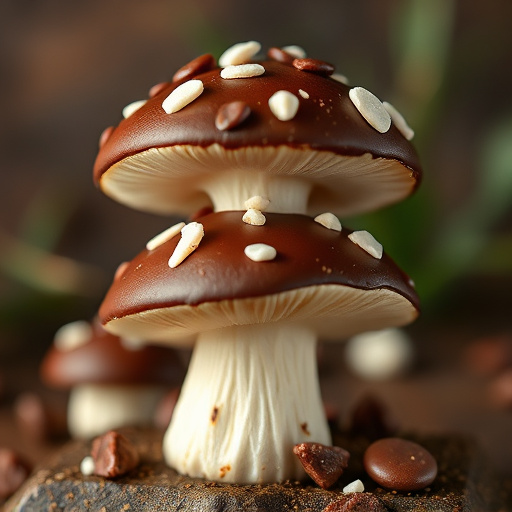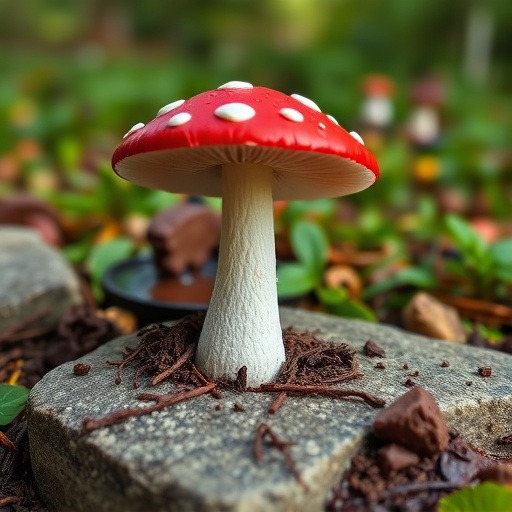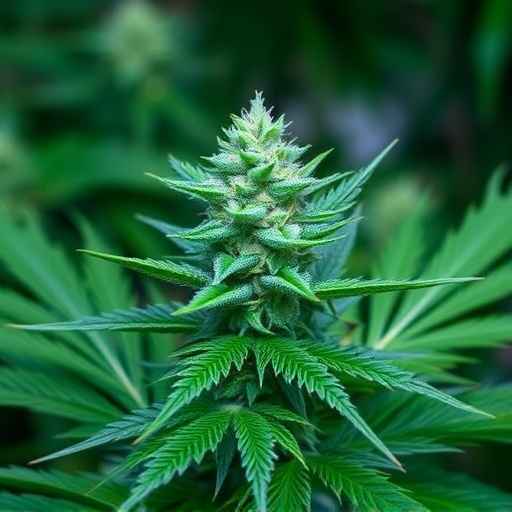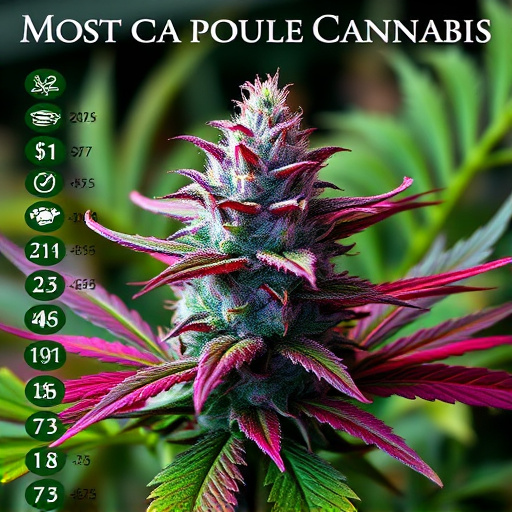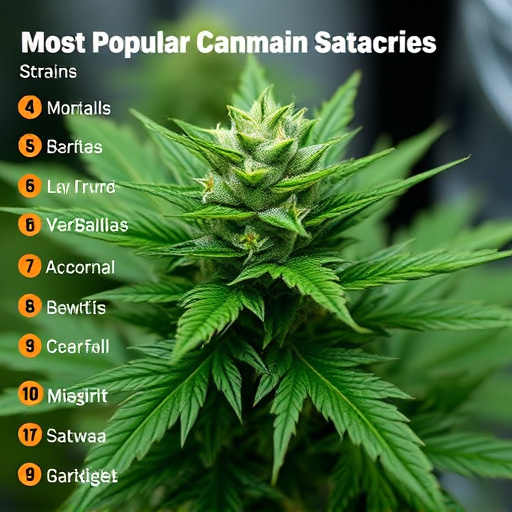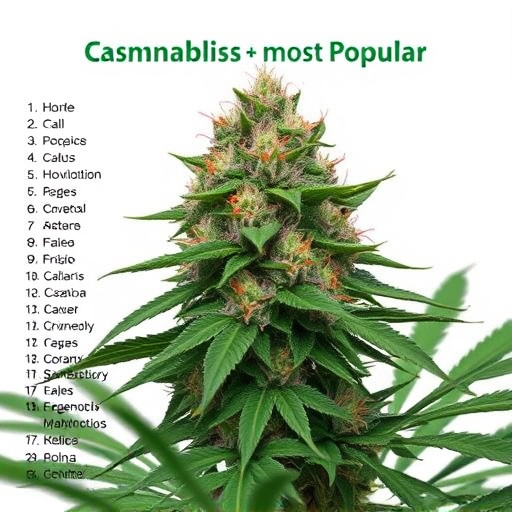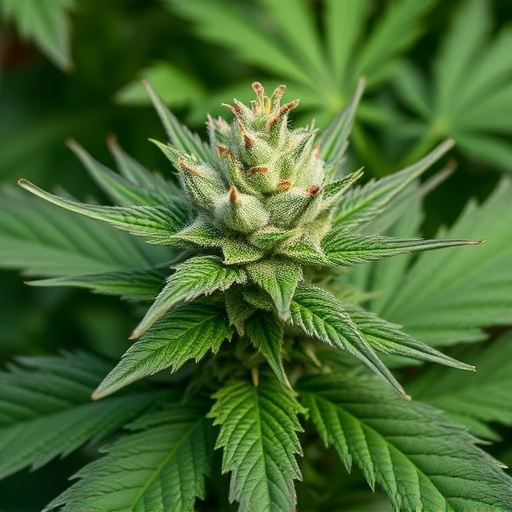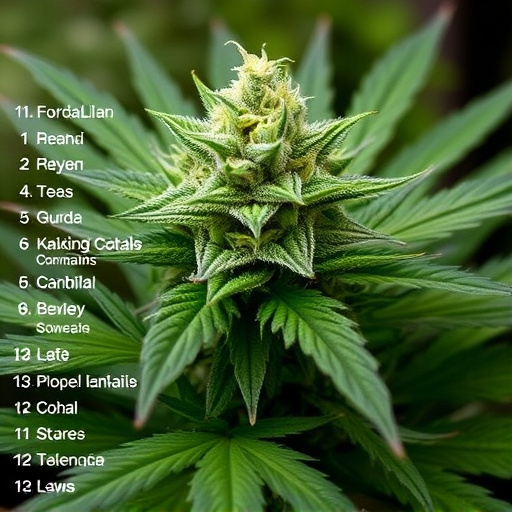Cannabis trichomes, microscopic glandular hairs on flower surfaces, are vital indicators of potency and quality in the most popular cannabis strains. Their density and color signal cannabinoid content: clear/milky trichomes suggest higher THC levels in younger plants, while amber/brown ones indicate maturity and potential CBD dominance for therapeutic effects. Different trichome types (bulbous, capitate, non-capitate) offer unique sensory and medicinal experiences, making them valuable for strain selection among sought-after varieties like Blue Dream and Girl Scout Cookies.
“Unveiling the Science Behind Trichomes: Unlocking Cannabis Potency Secrets
Trichomes, often overlooked, are tiny hair-like structures adorning cannabis plants, playing a pivotal role in their potency and unique characteristics. This article delves into the intricate world of trichomes, exploring their diverse types and density, which directly impact the power of cannabis. We’ll uncover the chemical secrets within trichomes, including cannabinoids and terpenes, and how environmental factors shape their composition.
Through examining popular cannabis strains, we’ll demonstrate the correlation between trichome profiles and reported potency, offering valuable insights for both researchers and enthusiasts.”
- The Role of Trichomes in Cannabis Potency
- – What are trichomes?
- – Types and location of trichromes on cannabis plants.
The Role of Trichomes in Cannabis Potency
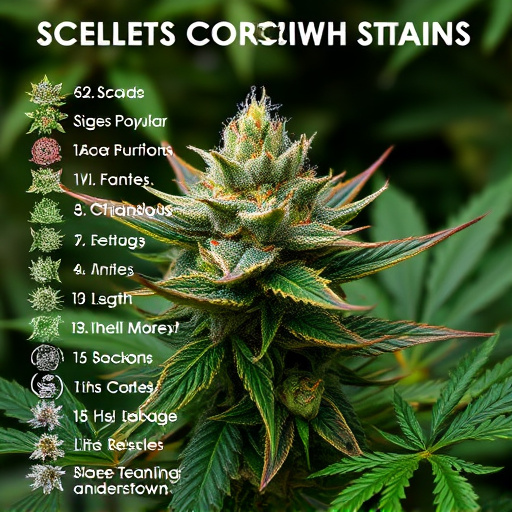
Cannabis trichomes, those tiny hair-like structures that cover the surface of cannabis flowers, play a significant role in determining the potency and quality of the plant. These glandular trichomes produce a wide range of compounds, including cannabinoids like THC (tetrahydrocannabinol) and CBD (cannabidiol), as well as terpenes, which contribute to the unique aroma and flavor profiles of different cannabis strains.
When it comes to the most popular cannabis strains, trichome density and maturity are often key indicators of potency. More trichomes per square millimeter generally mean higher concentrations of cannabinoids, making the strain potentially more potent. Additionally, the color of the trichomes can provide insights into their age and chemical composition. Clear or milky trichomes typically indicate a younger plant with higher levels of THC, while amber or brown trichomes suggest maturity and potential increased CBD content, offering a different kind of potency through its therapeutic benefits.
– What are trichomes?
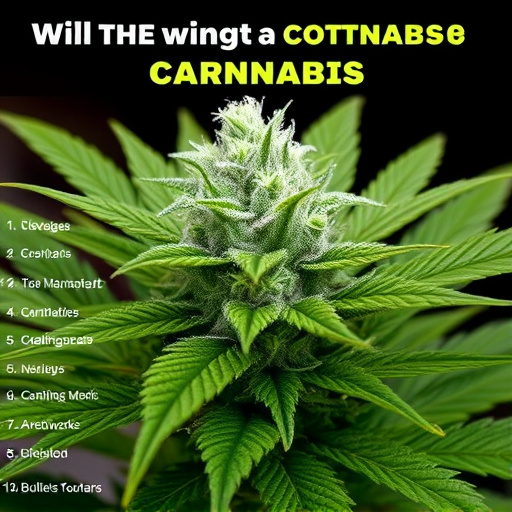
Trichomes, often referred to as “hairs” or “glandular hairs,” are microscopic structures that cover the surface of cannabis plants, especially in their flowers and buds. These trichomes aren’t just harmless appendages; they play a vital role in protecting the plant and are now recognized for their significant impact on cannabis potency. Within these tiny trichomes, cannabis plants produce a wide array of compounds, including cannabinoids like THC (tetrahydrocannabinol) and CBD (cannabidiol), as well as terpenes, which contribute to the plant’s unique aroma and flavor.
In the context of popular cannabis strains, trichomes are a key factor in determining the level of potency and desired effects. The density and size of trichomes can vary greatly among different strains, leading to diverse experiences. For instance, high-THC strains known for their potent effects often boast thick, viscous trichomes rich in cannabinoids, making them highly sought after by users looking for a powerful high. These trichomes not only enhance the potency but also add complexity to the flavor profile, which is why they’re considered a desirable trait among cultivators and consumers alike, especially those exploring the most popular cannabis strains.
– Types and location of trichromes on cannabis plants.
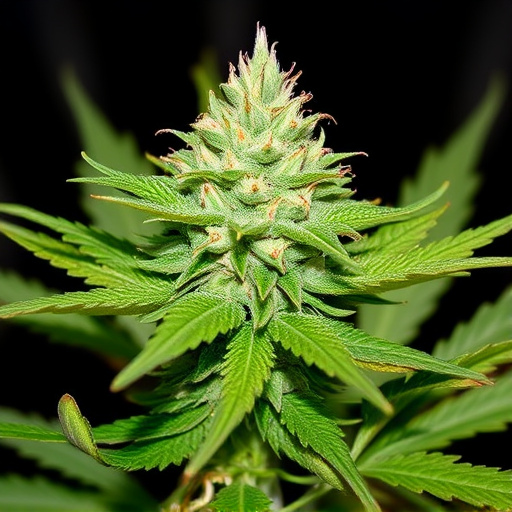
Cannabis plants are adorned with tiny, hair-like structures known as trichomes, which play a significant role in determining the potency and quality of their buds. These trichomes come in various types, each with distinct characteristics. The most common types include bulbous, capitate, and non-capitate trichomes, contributing to different sensory and medicinal experiences. Bulbous trichomes, for instance, are small and round, often found on the plant’s leaves and flowers, imparting a sticky resin that is highly sought after in many popular cannabis strains.
Located primarily on the floral structures of the female plant, these trichomes secrete cannabinoids and terpenes, the compounds responsible for cannabis’ unique aromas, flavors, and effects. The density and appearance of trichomes can vary greatly between different cannabis strains, with some being more potent than others. In popular strains like Blue Dream or Girl Scout Cookies, dense packing of trichomes signals high levels of THC and other beneficial compounds, making these varieties particularly desirable for users seeking potent and therapeutic experiences.
Trichomes play a pivotal role in determining the potency of cannabis, contributing significantly to its unique properties and effects. As such, understanding these tiny structures is essential for enthusiasts and cultivators alike, especially when exploring the most popular cannabis strains. By recognizing the diverse types and optimal locations of trichomes, we can gain valuable insights into the quality and potential experiences offered by different varieties, ensuring a more informed approach to choosing and appreciating top-tier cannabis products.
